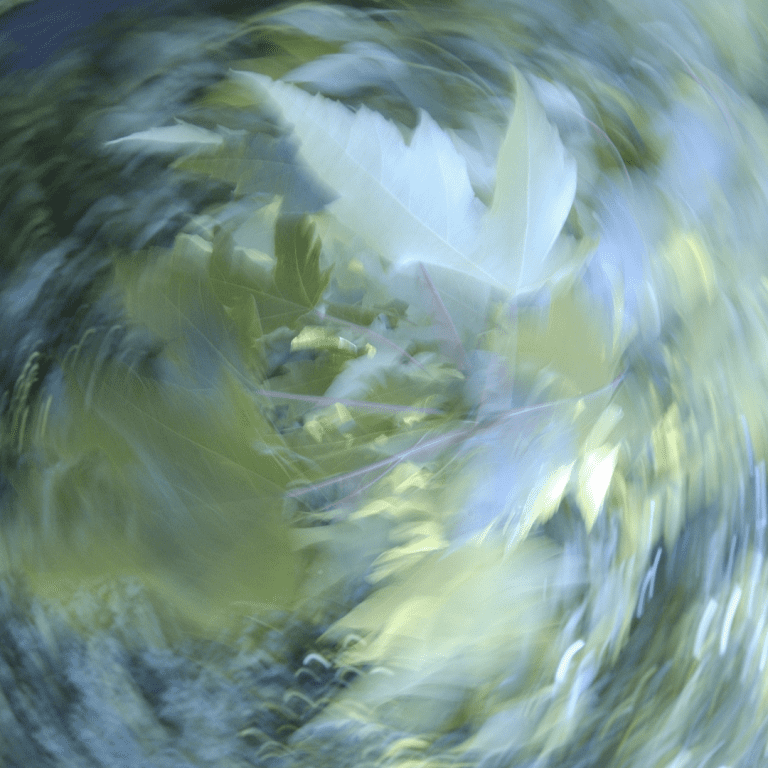
Vata dosha is the mind-body constitution composed of the air and space elements. These elements give Vata individuals qualities such as lightness, movement, and creativity. People with a dominant Vata dosha are energetic, talkative, and always seeking new experiences. They are often described as enthusiastic, effervescent, curious, and creative. Known for their optimism and curiosity, Vatas are natural idea generators. However, like the wind, they can be difficult to pin down, often displaying impulsive, moody, or restless tendencies when out of balance.
Physical Characteristics of Vata
Physically, Vata types are often slim, with angular features and dry skin. They tend to feel cold even when others don’t and have a sensitive digestive system with an irregular appetite. Vatas often crave salty, dry, light, and raw foods. They can be neurologically sensitive and feel overwhelmed by too much noise, light, or energy. Due to the air element, they may experience dryness in the skin, hair, and body overall, particularly when imbalanced.
Emotional and Mental Traits
Emotionally, Vatas are excitable, creative, and spontaneous. However, they are also prone to anxiety, fear, and uncertainty, which can lead to scattered thoughts, nervousness, and anxiety. Their minds move quickly, making them excellent multitaskers but sometimes leaving them overwhelmed or unfocused. Stability and grounding are essential for bringing balance to Vata’s dynamic nature.
Signs of Vata Imbalance
Because of its wind and air nature, Vata is the easiest doshas to go out of balance. When Vata dosha is in excess, individuals (not just vatas!) may notice:
- Anxiety, nervousness, restlessness, and difficulty concentrating.
- Insomnia, gas, bloating, constipation, dry skin, or irregular digestion.
- Scattered thoughts, impulsiveness, and an inability to focus or listen attentively.
Imbalances can vary greatly from person to person. Recognizing your unique tendencies is key to maintaining balance.
Yoga Practices to Balance Vata
Grounding and warming yoga practices are ideal for balancing Vata. These practices help calm the nervous system, create stability, and provide a sense of connection. Some excellent postures for Vatas to explore are:
- Standing Poses (Mountain Pose, Warrior Poses): Build stability and grounding.
- Forward Folds (Seated Forward Bend): Calm the mind and stretch the body.
- Restorative Poses (Child’s Pose, Reclined Bound Angle Pose): Relax the nervous system.
Breathwork: Calming breathwork, such as Ujjayi breathing, is beneficial for centering and soothing the overactive Vata mind. Crocodile Pose or Sandbag breathing is also recommended to calm, soothe, and center Vata.
A great mantra for vatas, especially during meditation, is:
Om gam ganapataye namaha
(Om Ganesha, the remover of obstacles).
Repeating this mantra during meditation can help stabilize the mind and create a sense of safety and grounding.
Dietary Practices to Balance Vata
To balance Vata dosha, focus on foods that are warming, nourishing, and easy to digest. Flavors that are pungent, sour, salty, and sweet are especially helpful, while bitter and astringent foods should be minimized.
Best Foods for Vata:
- Warm, cooked meals (soups, stews, and porridges)
- Warming spices (ginger, cumin, cinnamon, cardamom, cloves)
- Healthy fats (ghee, avocado, nuts)
- Protein (eggs, well-sourced fish and meat)
- Root vegetables (sweet potatoes, carrots)
Foods to Reduce or Avoid:
- Raw or cold foods (salads, iced drinks)
- Hard-to-digest vegetables (beans, cabbage, broccoli, cauliflower)
- Stimulants (coffee, alcohol)
Eliminating or reducing caffeine and alcohol is particularly important, as these can exacerbate Vata imbalances.
Practical Tips for Daily Balance
- Stick to a routine: Regularity in meals, sleep, and activities helps ground Vata’s fluctuating energy.
- Stay warm: Keep the body and mind warm through cozy environments, warm foods, and layers of clothing.
- Slow down: Avoid multitasking and instead focus on completing one task at a time.
By embracing practices that ground and warm the body, Vatas can cultivate stability and calm. Through mindful yoga, diet, and meditation, they can channel their natural creativity and energy in ways that foster balance. Over time, these practices can deepen self-awareness and support a harmonious, vibrant life.
Explore more:
Ayurveda & the Three Doshas or Constitutions
